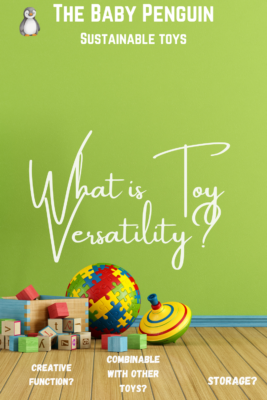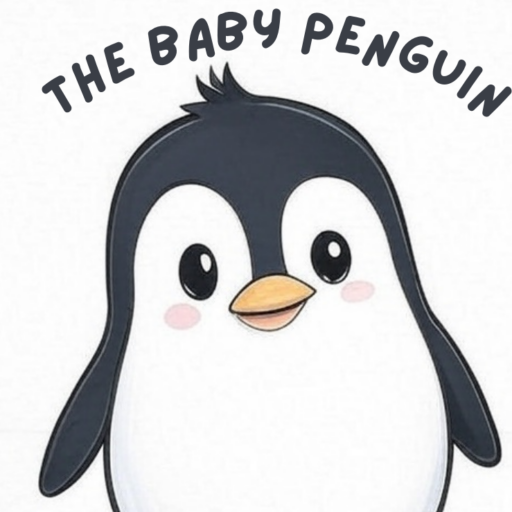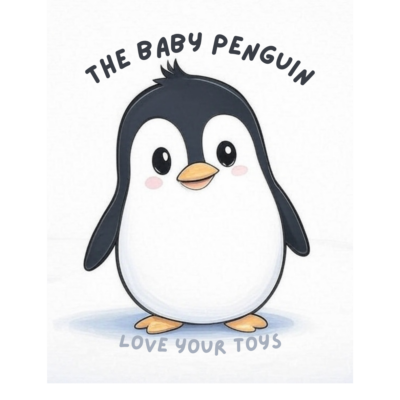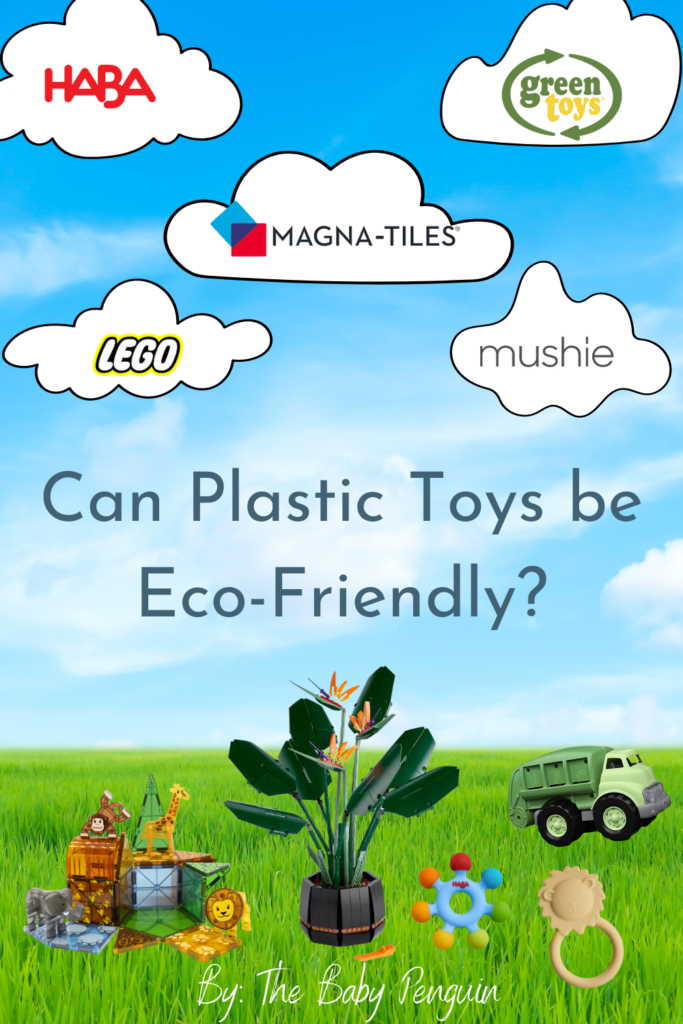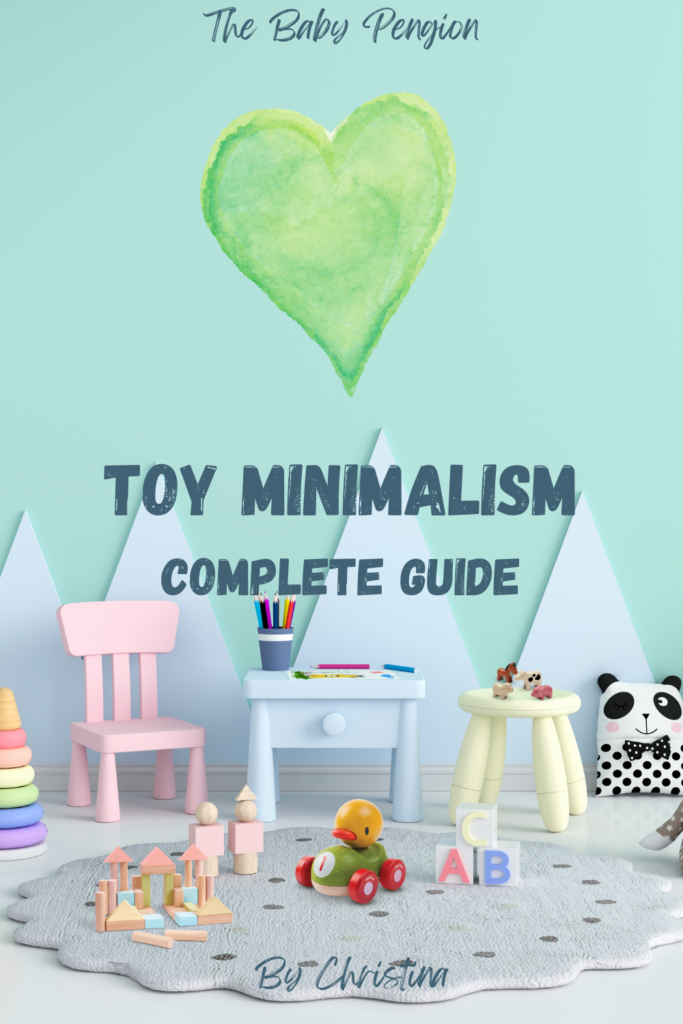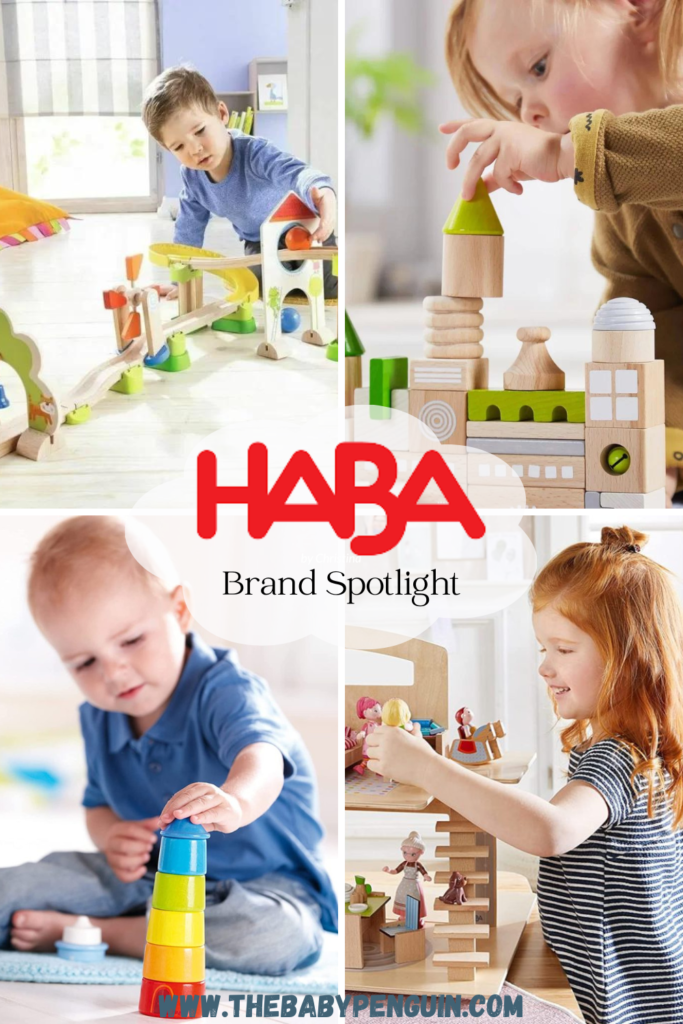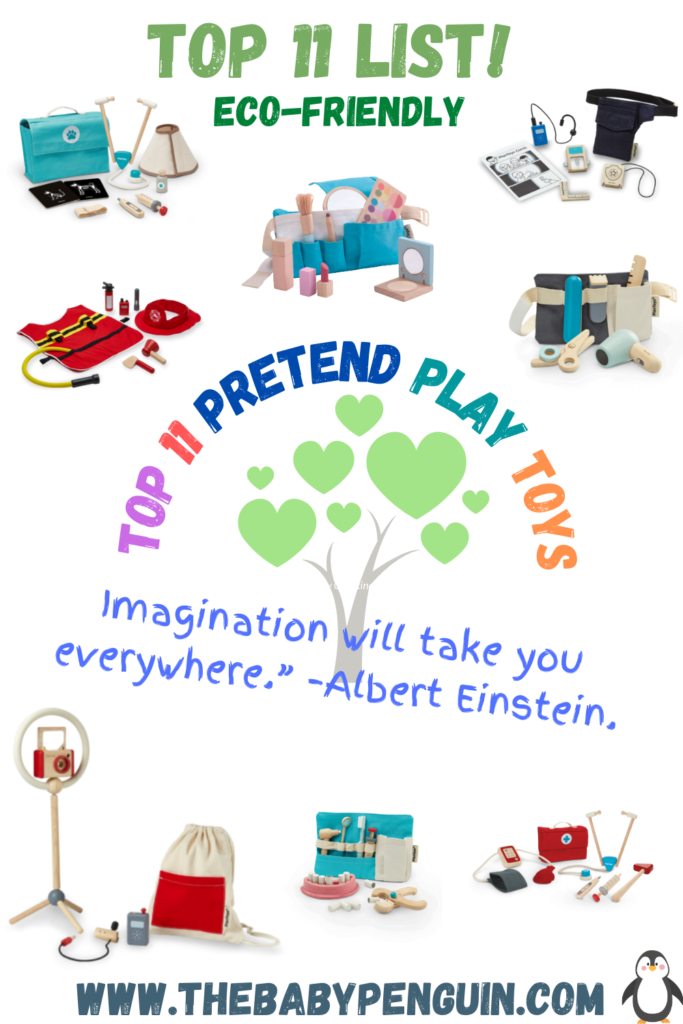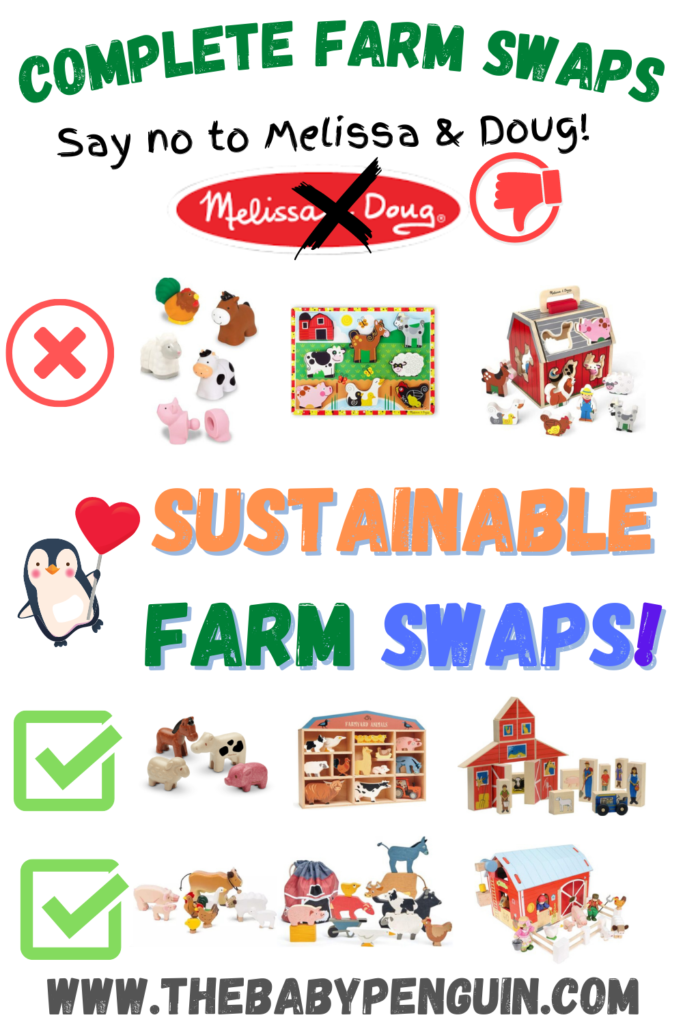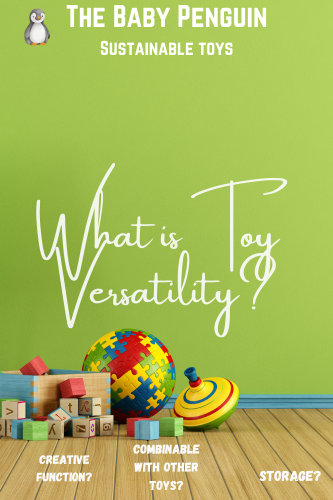Table of Contents
ToggleToy Versatility: The Importance of Combinable Toys in Child Development
Toy Versatility evaluates how easily a toy combines with other toys and promotes open-ended play. A versatile toy inspires creativity and imagination, providing multiple play opportunities. Building blocks, dolls, and play kitchens are examples of versatile toys. Three categories assess a toy’s versatility: (1) Can the toy connect and play with different toys? (2) Does it promote open-ended play? (3) Does it pack up or store well? An easy storage solution leads to more play.
Toys play a significant role in child development as they provide opportunities for learning and growth. Children learn through play; therefore, the toys they play with significantly impact their development. Toy versatility is an essential aspect to consider when selecting toys for children. Children can have more play options and be encouraged to use their creativity and imagination when playing with a versatile toy that can be used in multiple ways.
This article will explore the three critical areas of toy versatility: combinable with other toys, creative function, and easy storage. This is just one aspect of the five categories I use to review toys. It consists of Sustainability, Playability, Durability, Longevity, and Versatility.
Combinable with Other Toys – Are They Versatile?
One crucial aspect of toy versatility is the ability to combine toys. Combining toys can enhance a child’s play experience and provide opportunities for creativity and imagination. For instance, building blocks are a classic example of toys that can be combined with other toys to create endless possibilities. Children can build structures using blocks and add toys such as toy cars, dolls, or action figures to create stories and scenarios. Combining toys helps children develop social skills, problem-solving skills, and creativity.
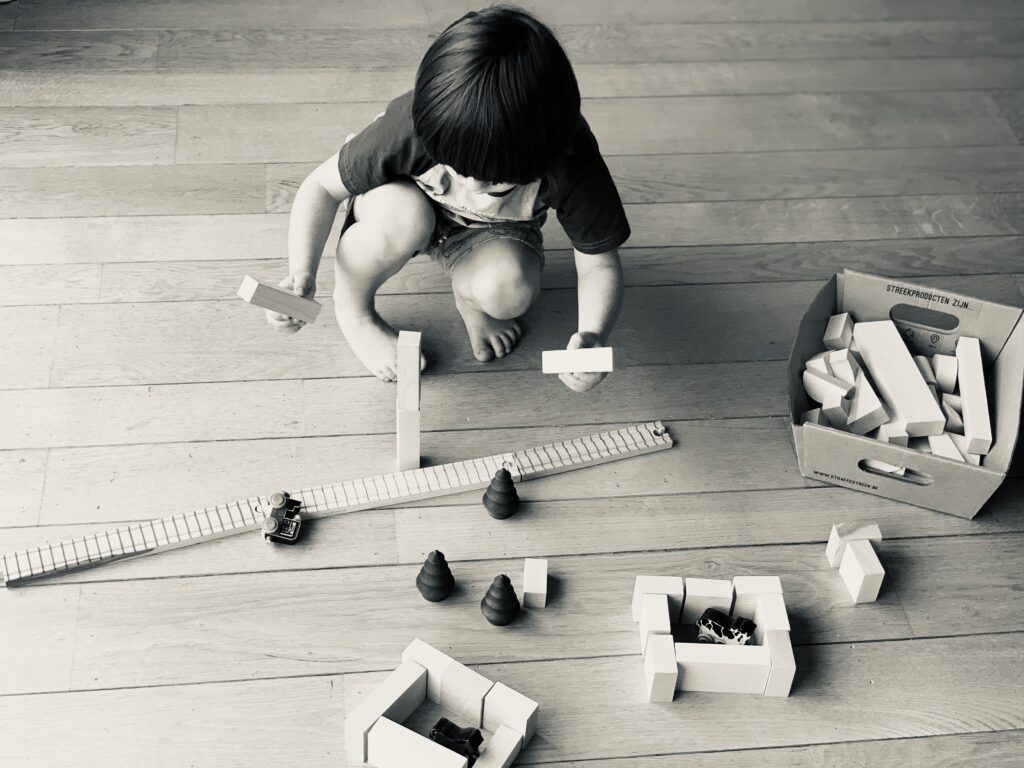
Combining toys can encourage children to work together, promoting social interaction and communication. When children combine toys, they share ideas and work together towards a common goal. This collaboration helps children learn to work as a team, respect others’ ideas, and communicate effectively. Children who learn these skills early on are more likely to be successful in their future relationships and careers.
Toys that are combinable with other toys tend to offer open-ended play opportunities.
In contrast, themed toys often have limited functions and restrict a child’s creativity by dictating how the toy should be played with. This is why open-ended toys are preferred, as they allow children to decide how to use the toy and how to combine it with other toys.
For example, Lincoln Logs are an excellent example of a versatile toy that can be combined with many other toy figures and animals. Using Lincoln Logs, children can use their imagination to create various structures, such as zoos, ranches, and barns. Unit Blocks are also a great example of combinable toys that allow building cityscapes and pairing them with wooden cars and people. Blocks, in general, are foundational toy that is versatile and perfect for combining with other toys.
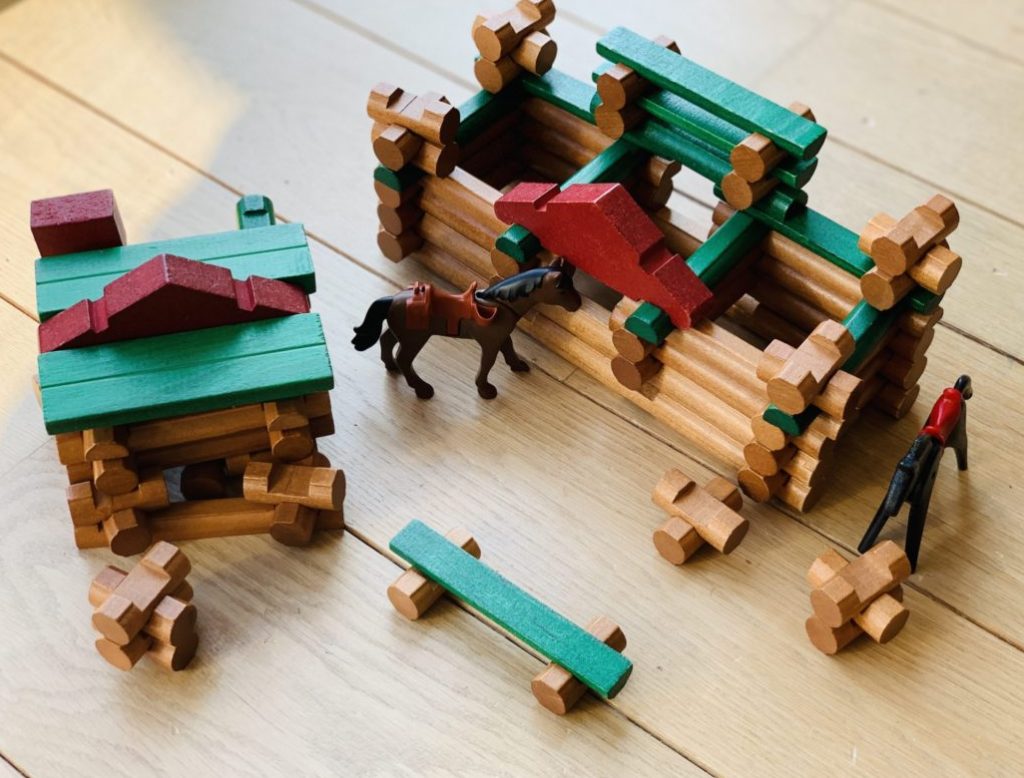
Creative function – Do they promote creativity?
The type of toy your child plays with can make all the difference in promoting creativity. Themed toys, which are very specific, tend to limit a child’s imagination and creativity, whereas simple toys with multiple functions encourage children to think, create, and play out different scenarios. These versatile toys have a longer lifespan, as they remain engaging and exciting to children as they grow and develop.
It’s common for children to lose interest in a toy that can only do one thing. However, a toy with multiple functions is more likely to hold your child’s attention for longer. This is especially true if the toy can be combined to create even more possibilities.
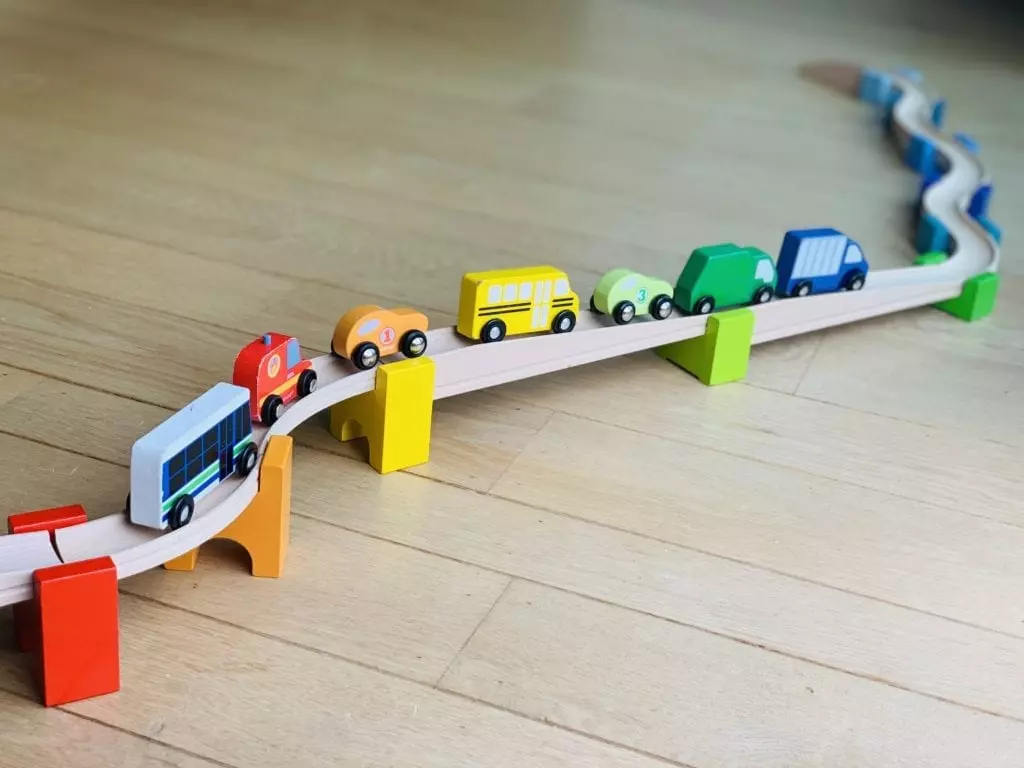
For example, the HABA ball track toy is designed for children ages one and up. While it may seem like a simple baby toy at first glance, this ball track has proven incredibly versatile and engaging for children of all ages. My 12-year-old daughter has transformed it from a basic ball run to a complex STEM-style marble run by combining unit-sized blocks. Meanwhile, my 4-year-old son uses it as a highway for his trains and cars, and my 7-year-old daughter enjoys stacking the rainbow-colored bases to create geometric towers.
Invest in imagination!
The beauty of toys with creative functions is that they allow children to play in many different ways and foster their creativity and imagination. By investing in versatile toys that can be used in multiple ways, parents can provide their children with tools that inspire and engage them for years to come.
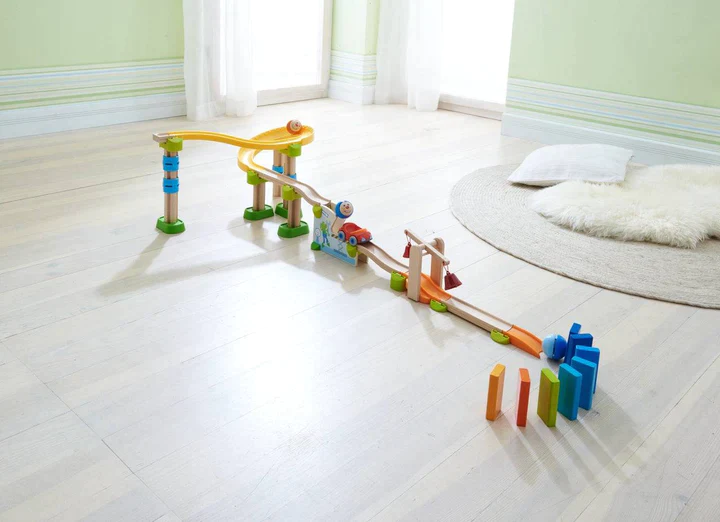
Storage – Less equals more?
In my opinion, less is more when it comes to toys, and having a designated toy shelf or cabinet in a family play space is essential for creating a space where playtime and bonding can occur. I firmly believe in toy rotation and limiting the number of toys your child has at any given time. This approach encourages your child to get creative with what they have, and clean-up in the family play space takes only minutes. When parents rotate toys, children are less likely to become bored, allowing them to continue to engage in meaningful play and develop their cognitive and physical skills.
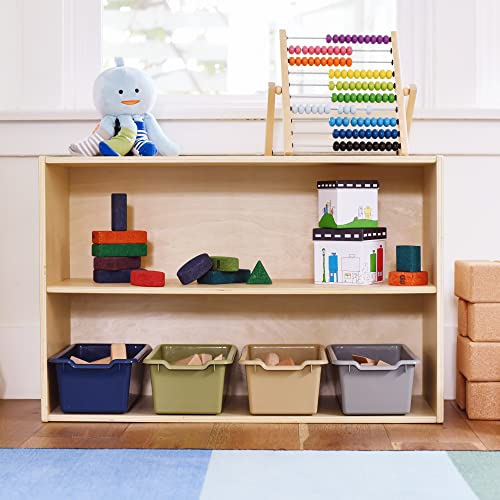
Add a Toy Rotation:
To make toy rotation easier, I highly recommend investing in toys that come with reusable cotton or canvas totes or come in a box with a handle. Wooden wagons, for example, not only serve as toys but also function as storage units. When you rotate toys often, having a designated place for each toy is essential. I also love when toys are stand-alone and look beautiful on a family toy shelf, such as a large wooden rainbow or a cool-looking rocket ship.
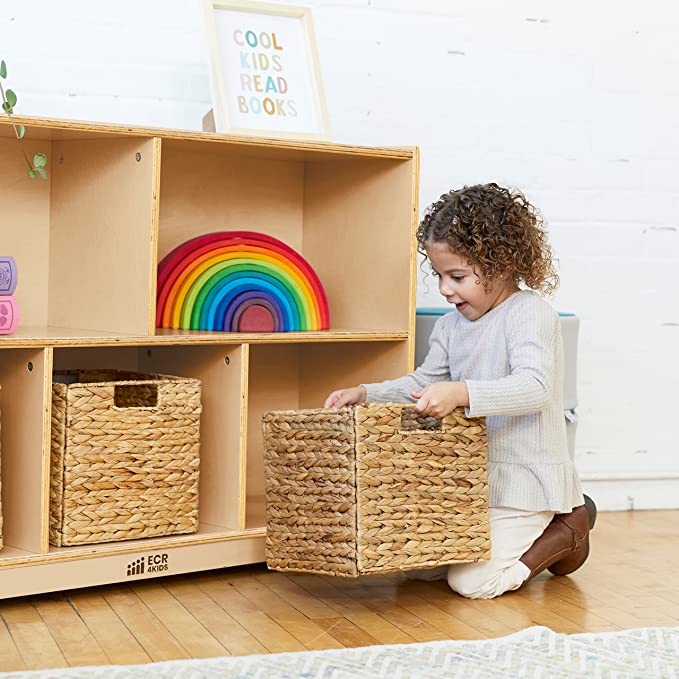
Storage is crucial to a toy’s longevity, as it can either add to or detract from its function. A toy that is easy to store and put away saves space and makes it easier for children to access and play with whenever they want. Therefore, when selecting toys for your child, it’s essential to consider their versatility and creative function and how easy they are to store and keep organized. Ultimately, investing in toys that are fun to play with and easy to store will save you time and space and enhance your child’s play experience.
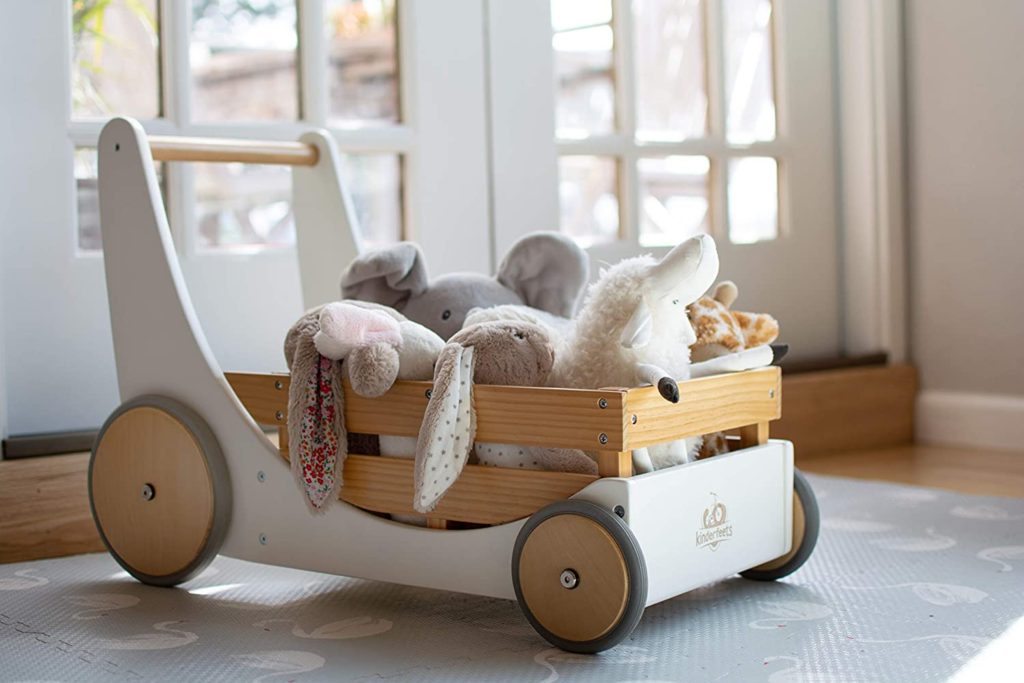
Conclusion:
In conclusion, the category of toy versatility is a valuable factor to consider when evaluating toys for your child. As we have discussed, combinable toys that promote creativity and have effective storage options are significant indicators of a versatile toy. However, it is essential to remember that toy versatility is just one piece of the puzzle when selecting toys for your child.
By incorporating the evaluation of toy versatility into your decision-making process, you can help ensure that your child’s playtime is fun and encourages imagination, creativity, and skill-building. Ultimately, selecting versatile toys can provide your child with endless opportunities for play and exploration, leading to a lifetime of enjoyment and learning.
Subscribe to The Baby Penguin
By subscribing to my sustainable toy shop, you’ll access valuable information and insights on making more eco-conscious choices when buying toys for children. You’ll be able to stay up-to-date on the latest trends and innovations in sustainable toy design and learn about environmentally-friendly toy brands and products. Subscribing to my sustainable toy store can help you positively impact the planet and support a more sustainable future for future generations.

